It’s a staple of all must-do lists but is the Yangon Circle Train really worth it?
So far in Myanmar I have not had a more serene moment then about halfway through the circle line train ride. The crowd had dissipated, the landscape flattened, and everyone on the train had quietly agreed to a few moments of peace. As we rumbled along the tracks, no one spoke, no one was selling anything, and I was able to just appreciate everything happening around me...
Getting on the train is a little confusing. There are lots of different ways to secure a ticket and different sources will tell you different things. We managed to get our tickets and board the train without too much trouble, but with more difficulty than usual for a metropolitan train. We arrived by taxi right outside Yangon Central , the main railway station in the city. There is a big ticket booth in the main entrance but you don’t need to stop at it. You can walk around to the left where there is a gate, turn left and head towards the staircase at the end. There are security guards at this gate, so if you need help vaguely give them a circle-like gesture and they will point you in the direction of Platform 7, from which the circle line runs. As you walk towards the stairs you might notice a tourist office to your left. You can go in there but I think it is unnecessary and you may end up paying more for your tickets, but I imagine they have English speakers in there who can help you if you are lost or confused.
Once you reach the staircase go up to the top and walk all the way until you can’t anymore because of a wall. You have reached Platform 7. Go down the stairs to the right and you will see a ticket booth down the platform in front of you. You should be able to pick up tickets here for no more than 250 kyats. You can try getting a 100 kyat ticket, but they seem to automatically sell the 250 kyats “air-con” ticket to foreigners.
The guy at the booth on the platform didn’t speak English very well and there were so many people rushing up to him that we weren’t entirely sure what happened in this transaction. There was a train on the platform leaving at 11:50 that we had intended to get on, but the same guy seemed determined that we get on the 12:20 train, which isn’t on the schedule anywhere (more on that later). I’m not sure if the train running was full, (although I don’t think so because we saw 5-10 people buy tickets and run to the train) or if the 12:20 train was supposed to have air conditioning (also more on that later), but we ended up waiting for the 12:20. There were people around we tried to ask but they seemed just as confused as us. It also seems that different types of trains run on the circle line at different times, and that might affect the price, but this is not posted anywhere.
Suffice it to say this doesn’t seem to be the most well-organized train station or system in the world. That said, it was lively and fun, and it was nice to observe for a half an hour. We noticed some other foreign-looking people coming to the track and figured that was a good sign we were in the right place. But then things took a turn for the worse. We saw a big group descend the stairs with what looked like a local guide complete with flag to wave in case people got lost. I was suddenly less excited to get on the train.
12:20 did eventually come around eventually but no train came to the platform. What did happen was: (1) A train arrived three platforms over. (2) All the local people crossed the tracks to get to it as an announcement was made in Myanmar language. (3) The tour guide started taking people across the tracks too. (4) Suddenly the rest of the foreigners were racing across the tracks to get the train. We also had to cross the tracks towards said train, walk down the track and along a fence that divided us from the platform, walk in front of the train (not knowing when it could start to move), then race ahead of the tour group to get on the last car on the train at its other far end which looked less crowded. And a good thing too because the last of that group just made it on as the train started moving.
Getting on a crowded train with a bunch of other tourists wasn’t exactly my idea of an “authentic” Yangon experience, so I was pretty miserable standing on the crowded train in the heat for the first 20 minutes or so. But slowly the mob started diminishing and we were able to grab two seats. Then the tour group got off at one of the earlier stations and the train was looking a lot more attractive. The scenery was changing as rapidly as the crowd and we were finally able to relax and settle into the upcoming journey.
Our train was actually a lot more comfortable than I had prepared myself for. The “JR” signage on the car, and writing in Japanese implied it was used Japan Railways stock. We had nice padded seats all along the sides, loops overhead if you were standing, and fans spread evenly across the ceiling hitting you with a nice breeze every so often. The ride was certainly bumpy at times but the cushioned seats really helped. I don’t know if this was officially “air-con” class, but it was fine by me as we had planned to ditch the A/C anyway. It has been implied that all the air conditioning units have been removed from the trains due to the Japanese equipment malfunctioning in the Myanmar heat, which wouldn’t surprise me. Or perhaps A/C means ceiling fans combined with windows that opened and sun blinds.
The ride itself was quite entertaining for something that amounts to sitting on public transit and people . watching for 3 hours. There was a lot to see out the window to keep you occupied, and you get a pretty good idea of life outside the center of the city. Most of the time will be spent in the suburbs of the city, so don’t get the idea that you will be seeing authentic untouched villages or anything like that. You’re more likely to see an expat walking through their neighborhood. Despite that though, there are some interesting sights with people going about their daily life.
One of the stations is surrounded by a lively market, and at this stop, many people were bringing on, or dropping off, huge bundles of produce. There are some stops that are so quick, and the station so small, you might blink and miss them. People wave as the train goes by and it’s fun to wave back especially when they see faces that are quite different from their own. You can feel free to get off the train at any time with your ticket; there don’t seem to be many rules about that.
We found the most interesting part of the journey to be just around the second major turn in the oval shaped track. It’s very peaceful here with the clear land, trees, and very few people or houses around the train.
You will also see lots of vendors selling their wares up and down the train cars. They are very polite (if occasionally loud) and not normally pushy at all. The stuff they are selling looks great. I was most tempted by the corn on the cob that I could smell coming a car away. I noticed most of them are very friendly with the conductors and police officers on the train and would offer them something from their basket - the officials didn’t seem to take too much advantage though.
As the train rolled around and came to a stop again at the Central Station. We both felt happy, relieved, and quite satisfied. What was supposed to be just a simple train ride had actually turned out to be an emotional rollercoaster, but not in a bad way at all. So was the train ride worth it? Definitely, no it’s not a life-changing experience, but for less than $0.20 USD I can think of a lot of worse ways to spend 3 hours.
My Advice For The Train -
A lot of foreign investment is being put into the rail lines in Myanmar. Train cars for the long distances routes to places like Mandalay are being built and brought from China and soon to be produced here with Chinese technology. I also just read today that the line is going to get an upgrade, funded by a loan from the Japanese International Cooperation Agency, to improve the track, amenities, and cars. This upgrade will also shorten the journey to two hours and probably increase the price. So it may not last for many more years in its current state. While improvements are much needed for this system to be on par with most major cities, it was still nice to get what feels like a classic experience - the only thing that was missing were steam engines! I’m sure it will still be great after the improvements but get on in the next few years if you want to experience it how it is today.
How to Get There - If you’re coming by taxi just say the "Yangon Railway”. If you’re coming from Downtown walk north on Pansodan street and one the left side of the street there is a covered walkway on the overpass. About halfway through you will see a staircase that if open will take you straight down to Platform 7. Train Stops - Information and Maps ...accuracy varies. Times - The first train leaves at 6:10 am (06:10) and they depart the station every 45 mins - 1 hour until just after 5:10 pm (17:10). Cost - 100-250 kyat. Our taxi also paid 200 kyats to the security guard to get into the drop-off area outside the station, not 100% sure about this but for a few cents I wasn’t going to argue. Have you been on the train? Was your experience similar to ours? Are you tempted to get on the train now and experience Yangon? Have updated information about the train? Let us know in the comments.
0 Comments
The newly opened Night Market on Strand Road is a perfect place to spend an evening (or two) while in Yangon. Opened in November 2016 by the Yangon City Development Committee, it’s a buzzing strip of vendors and street-food carts where your senses are overloaded wiht sights and smells. There is Myanmar cuisine cooking, families chatting over whole grilled fish, and the occasional unidentifiable product being sold from the many many market stands along the way.
The market stretches for about a mile and a half along Strand Road from the intersection with Pansodan Street to the east and Wa Dan Street to the west. The busiest area seems to be centered around the CB Bank Head Office which is a big building with neon rainbow colors on the front that can't be missed. You can walk freely along the entire length and you don’t have to cross any roads or intersections as the whole area is blocked off and protected from the traffic on the road. We walked the whole length and it definitely makes for a good workout.
We went on both a Monday and a Thursday. Even though it was Monday the first time it was still relatively busy in some parts so I imagine you’d have no trouble going any day of the week. It’s actually probably better to go earlier in the week as the market can get very crowded and the small area they have partitioned off for walking can become a challenge with people strolling then stopping every few feet, children playing, and the general bustle getting in the way. It’s best to go on a day you are feeling... patient.
Although it was pretty busy we actually saw very few tourists when we were there, maybe two or three groups total, and the vendors, especially on the outskirts of the market, gave the impression they still don’t see many these days.
You will see a lot of similar looking stands selling the typical Myanmar street food: mohinga, skewers, samosas, fried fish cakes, dosas, tea (of course); but there are also a few rarer finds like smoothies, cotton candy, lobsters, and something that looked like fried crickets. One of my favorite places was the pop-up pub which had set up a satellite dish to show football (it was packed of course).
The fruit and vegetable stands look amazing. The produce looks so delicious: huge avocados, succulent oranges, colorful dragon fruit, you name it. There were definitely some fruits I have never seen before and couldn’t even begin to tell you what they taste like. There were also places where they were cooking fresh fish right off the ice, what a treat!
The prices are extremely reasonable and there don’t seem to be any tourist prices as of late. Lots of dishes come in under 1000 MMK ($0.75 USD) or even less. If you’re concerned just follow someone who is getting what you want and pay what they pay.
To coincide with the opening of this new market the government has also been pushing for improved hygiene practices among street food proprietors and I don’t think foreign stomachs would have a problem with any of the freshly grilled or fried food as long as it’s cooked well, and in front of you. Just be careful as people often like to touch prepared product to make sure it’s to their liking, so make sure if you do order something pick out the one you want to be cooked or ask for something that’s being made now. I wouldn’t suggest eating anything you don’t see prepared, but life is about risk, is it not?! (Maybe not.)
Getting to and perusing the market isn’t a risk at all. If you’re staying downtown it’s so easy to walk there; just head south and you will run into it. If you’re not Downtown just ask your taxi driver to take you to Strand Road, if he heads to The Strand Hotel that’s fine too. If that doesn’t work just say Sule Pagoda and it’s a quick walk from there to the market. It’s well lit, with CCTV, and nice new bathrooms (with attendants) placed in convenient locations along the walk. The whole thing seems very safe and organized but still authentically hectic. It was reported some of the vendors were concerned about business dropping before making the move, but from the number of people we saw even on weekdays I don’t think it will be much of a problem. Plus the traffic improvements from moving the stalls off of the main downtown streets must be tremendous.
The market is open every day from 15:00 (3:00pm) until 23:00 (11:00pm) but people start to close up shop earlier depending on the day and the rush.
The last few months of 2016 have seen us spend quite a bit of time in England. Not only did we have an opportunity to visit family and friends but we also took on four separate house sitting assignments across the country.
Branscombe, Devon
Situated in a designated Area of Outstanding Natural Beauty (AONB), we could not have snapped a prettier or more quintessentially English countryside scene than what we discovered in Branscombe. We found ourselves in this tiny hamlet of just a few houses, in a beautiful thatched cottage, looking out across steep rolling hills leading down to the coastline and the sea. And it was really unfortunate that the sit was only 3 days long. We were in earthly heaven.
As planned, we arrived to be greeted only by Snoops.This Persian looked us up and down - we were not sure at the time whether approvingly or disapprovingly - and then seemingly allowing our presence continued about her day as usual. Snoops would prove to be a very independent, undemanding feline whose principal requests were a tin of cat food and to be let out to sit on her throne in the front garden and rule over her domain stretching to the Jurassic Coast down below.
We made the most of our three days by exploring the area as much as we could. Directly below the cottage we were able to traverse fields full of sheep and cows, descend the steep hill, cross streams and brooks and eventually hit the beach, losing time there enjoying the magnificent views until it was almost dark.
Thankfully, about halfway back to the cottage, stood The Fountain Head, a fourteenth-century pub with a log fire burning and offering a selection of real ales on tap for those, like me, who like their beer warm and flat. If you are ever fortunate enough to sup here, the selection of amazing Devonshire cheeses accompanied by a pint (or three) gives you just about the right amount of energy needed to spur you home.
A break from the coast
After Branscombe we took a trip to Switzerland (Don’t Judge a Basel By Its Cover) followed by California, and then returned to the UK. A quick diversion from our coastal route, we stayed in an eco friendly, solar paneled house in Martins Heron, situated on the eastern side of Bracknell just west of London. We appreciated the homemade yogurt waiting for us in the fridge on arrival, and the whole house was fitted with high-tech audio and video equipment. It was the perfect spot for downtime and visiting family in nearby Windsor and London.
St Leonards, East Sussex
Once we said our goodbyes to Chloe in Bracknell it was back to the seaside for some quality time in St Leonards, East Sussex. We arrived at a large, tall, rambling and beautifully appointed Victorian house with views right down to the English Channel.
Two cats - Zuri and Kaya - and an energetic and playful springerdoodle accepted us into their lives almost immediately. The cats loved to stay in, sleep and snuggle when not bringing us gifts of leaves from the garden (better than dead mice or birds). Nala, on the other hand, loved to play and be outside. Both in the local large park with woodland, lakes and acres of open space to run around in, and down on the beach. She never ran out of energy chasing after her ball, even going into the sea after it. Even when the temperature plummeted below freezing, and we were very reluctant to leave the house, she was always up for her outdoor time.
Castle Eden, County Durham
With our stint in the south of England done it was time to head Up North. We were due to head to Cumbria, in the far northwest of England for our next sit. However, we had a couple of days to spare. What better excuse than to visit our friends in Castle Eden who you might remember from The Roaming Scotties blog? It was wonderful being reunited too - albeit briefly - with Maggie and Denny as we walked, and the Scotties shuffled, along the beach enjoying ice cream with monkey’s blood (yes, we didn’t know what that meant either until the raspberry syrup was drizzled on our cones), and then indulged in a seafood risotto dinner back at the house. How different the northeast coast was with warm sun allowing us ice cream, to the southeast coast with freezing temperatures just a few days earlier where only warm mulled wine would have done.
Silloth, Cumbria
They say the weather in Britain changes almost daily or is that hourly? This was clearly evidenced in our fourth, and final English house sit. Situated almost directly opposite County Durham, we headed to a small town - really a big village - called Silloth on the northwest coast just short of the border with Scotland. For the next week we would be living right by Silloth Green in a beautiful conversion of the old Post Office - well the two of us, one cat, Sox, and two lively but very different dogs: Tali, a young jet black Labrador, and his younger brother Mac, a Bedlington, Poodle, Whippet mix puppy, also known affectionately as Gnasher after the canine companion of Dennis The Menace in the UK’s famous comic strip, The Beano.
Like Nala in St Leonards, these two loved the outdoors as much as we did. Every day the view would change. When we arrived it was sunny and crisp. From the seafront, just moments from the house, we looked out across the water to Scotland. By the next day, Scotland had vanished, to be replaced by mystical fog that shrouded almost everything. After that, a day of wind and rain, though this did not deter Tali and Mac from demanding hours each day charging around the Green and along the coast playing with each other and the multitude of other dogs and their walkers who we would befriend. This is perhaps the biggest difference between the north and the south of England. In the south, people are always courteous, but they seem busy, going about their daily business with barely an acknowledgment of strange faces. Head north and it's a different world. People - dog walkers in particular it seems - have time to stop, chat, give advice on local sights, and tell tales of times past. While the dogs charged about burning off their youthful energy, we would engage with the locals in this truly beautiful spot. And just as our week started drawing to a close the wind and rain lifted, the sun shone once again, and Scotland, perched across the Firth of Solway with its magnificent Criffel appearing to rise out of the sea, beaconed us for a future trip once more.
It was fun to have so many unique experiences and despite the sometimes inclement or gloomy weather, our trips were a great success. While we don’t know what 2017 will bring, we will be shocked if a return trip to England for some more house sitting isn’t on the cards at some point.
|
The Roaming BlogFrom Europe to Asia. From cities to villages. From mansions to cottages. Follow us on our journey as we celebrate a new type of travel - House Sitting. Learn how to start you house sitting career, tips for making the most of your travel, and the tricks for being the best house sitter you can be. Categories
All
Archives
July 2017
RSS for Chrome - Get the extension here if using Chrome web browser.
|

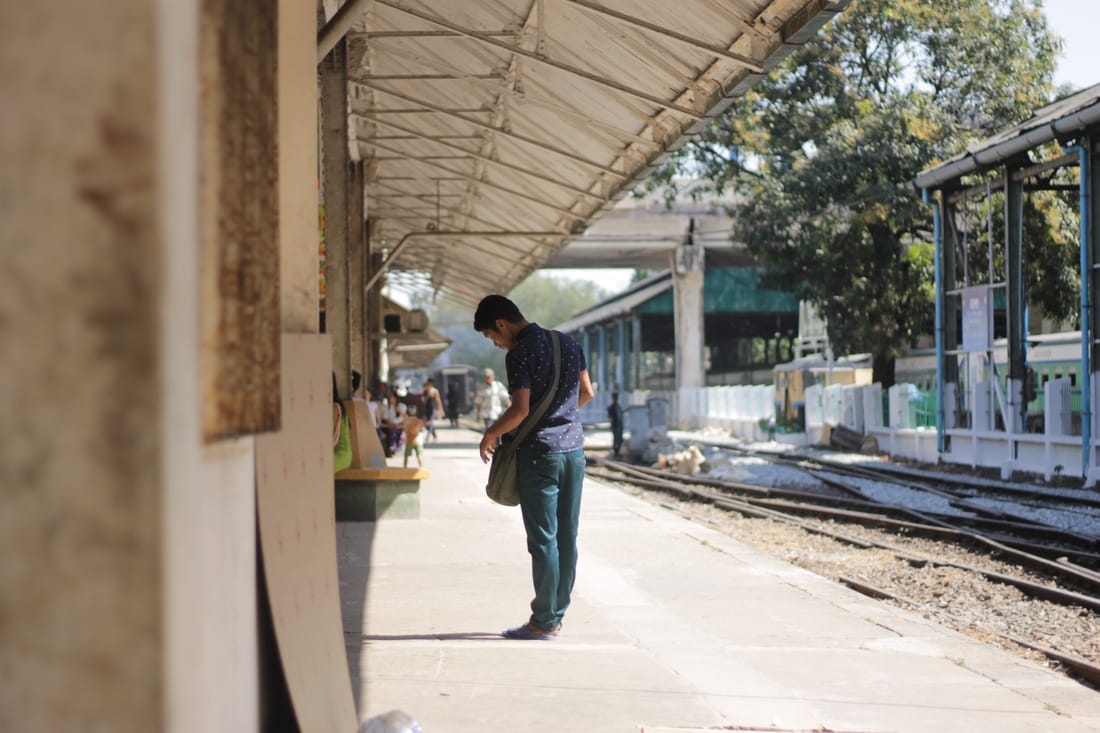




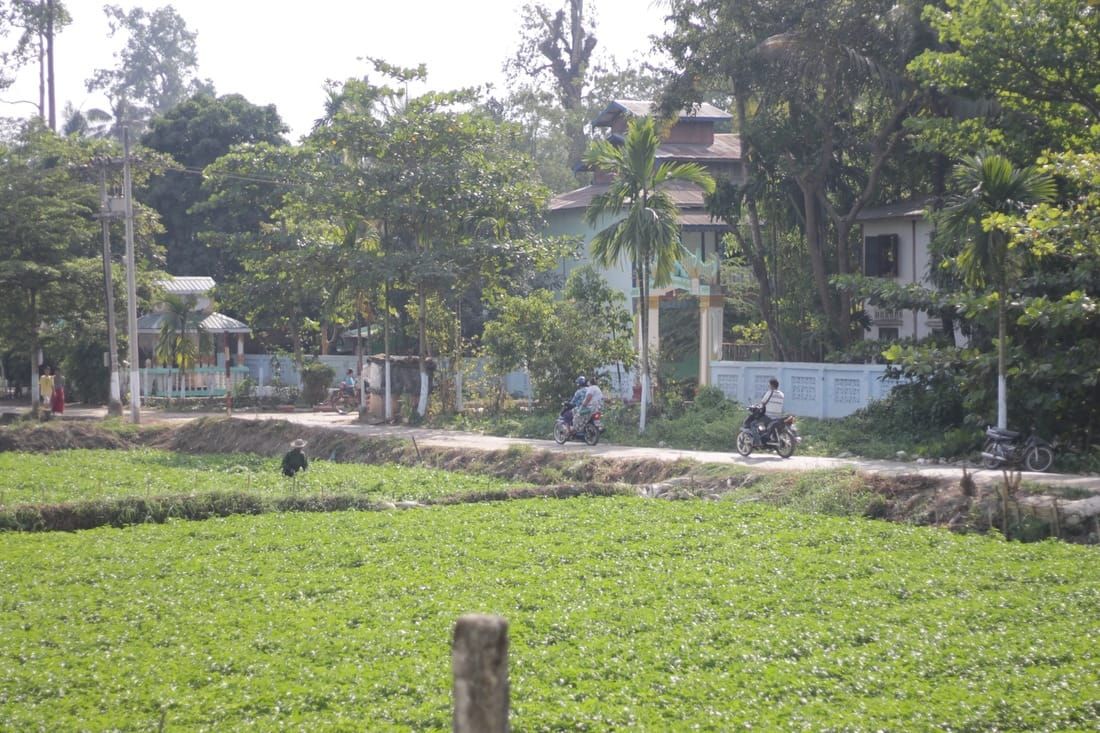


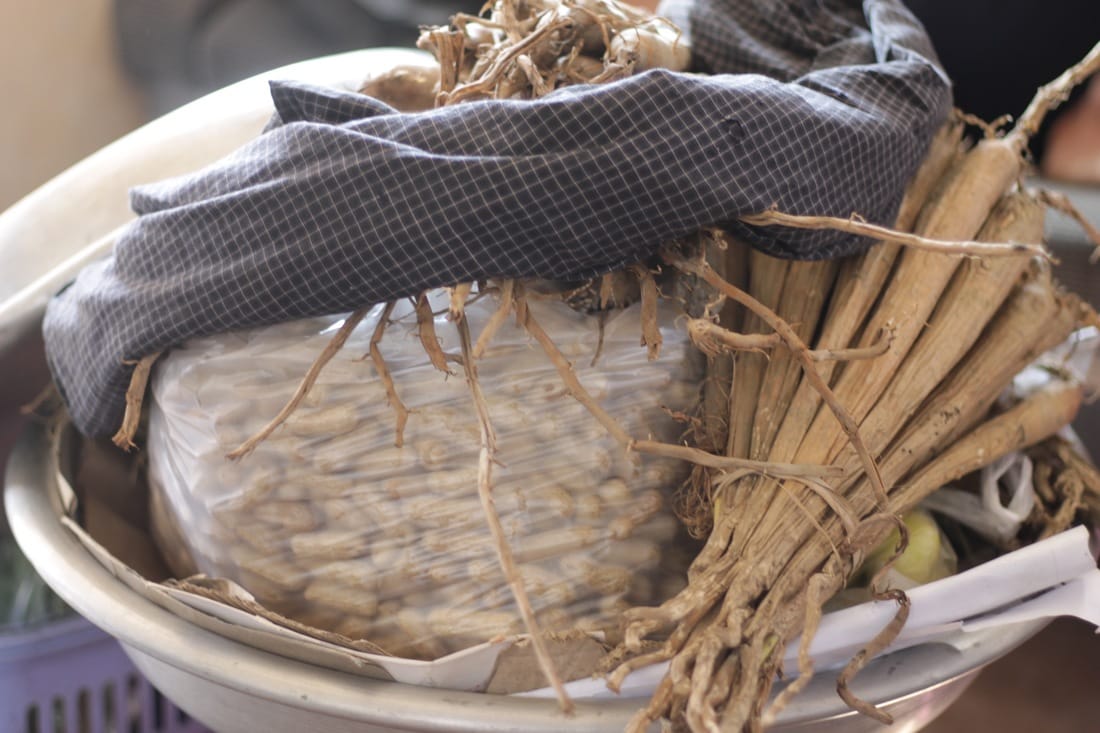

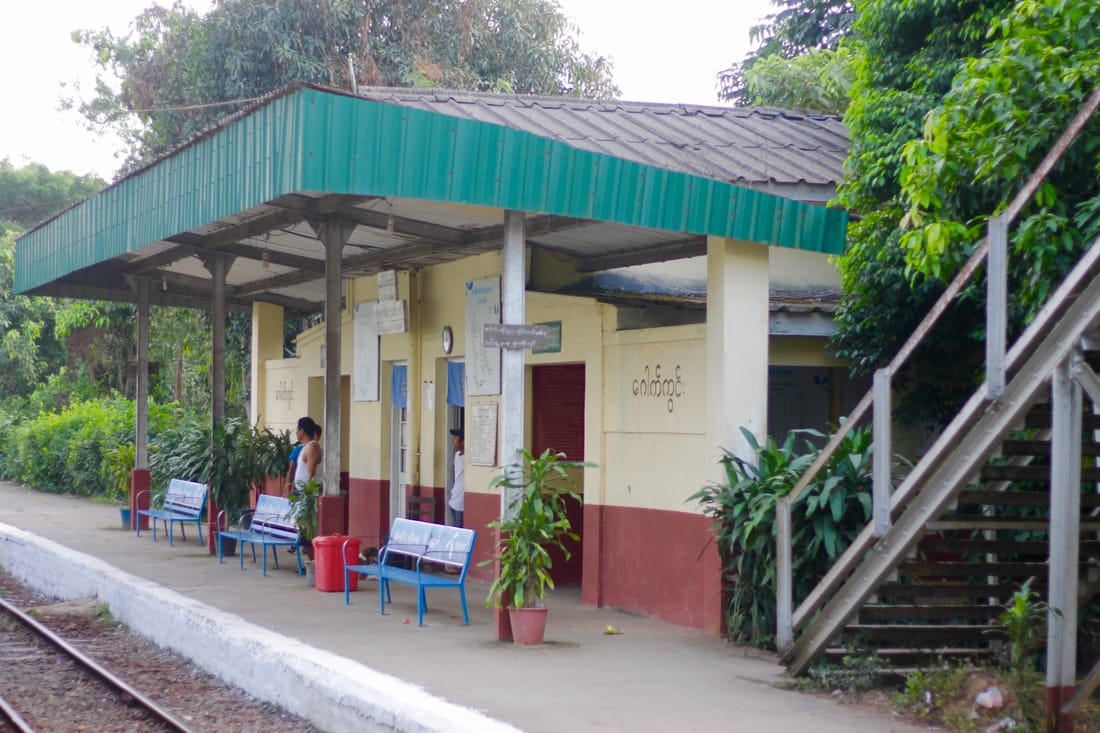
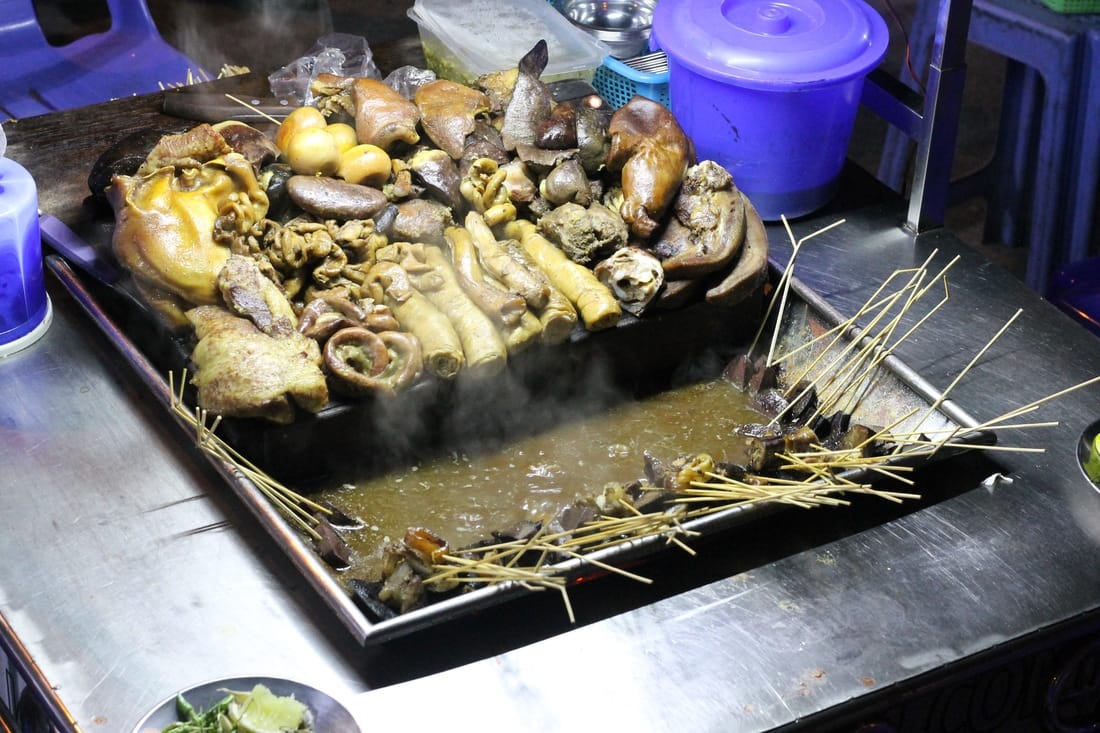
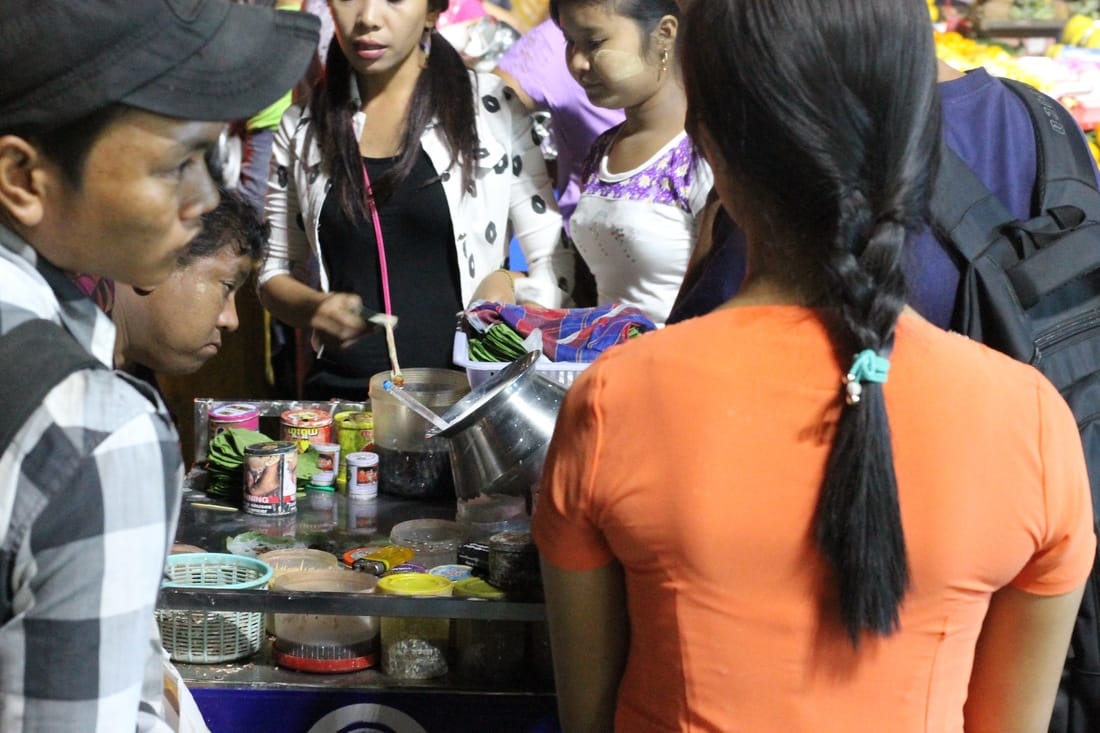

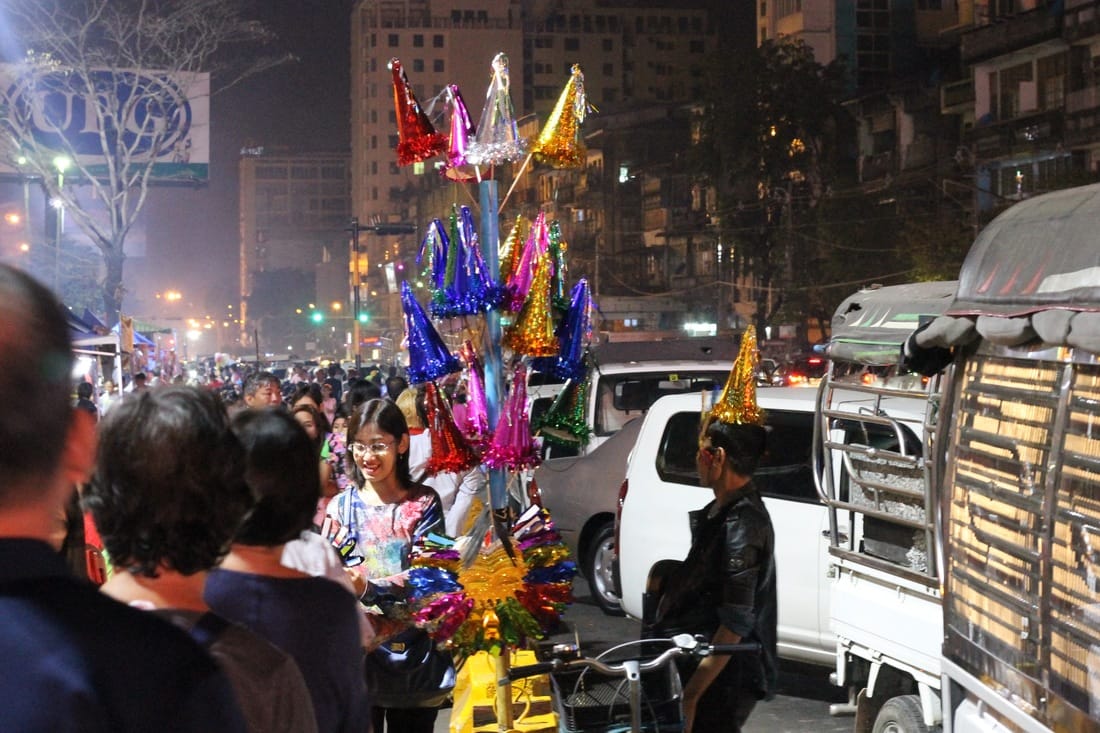








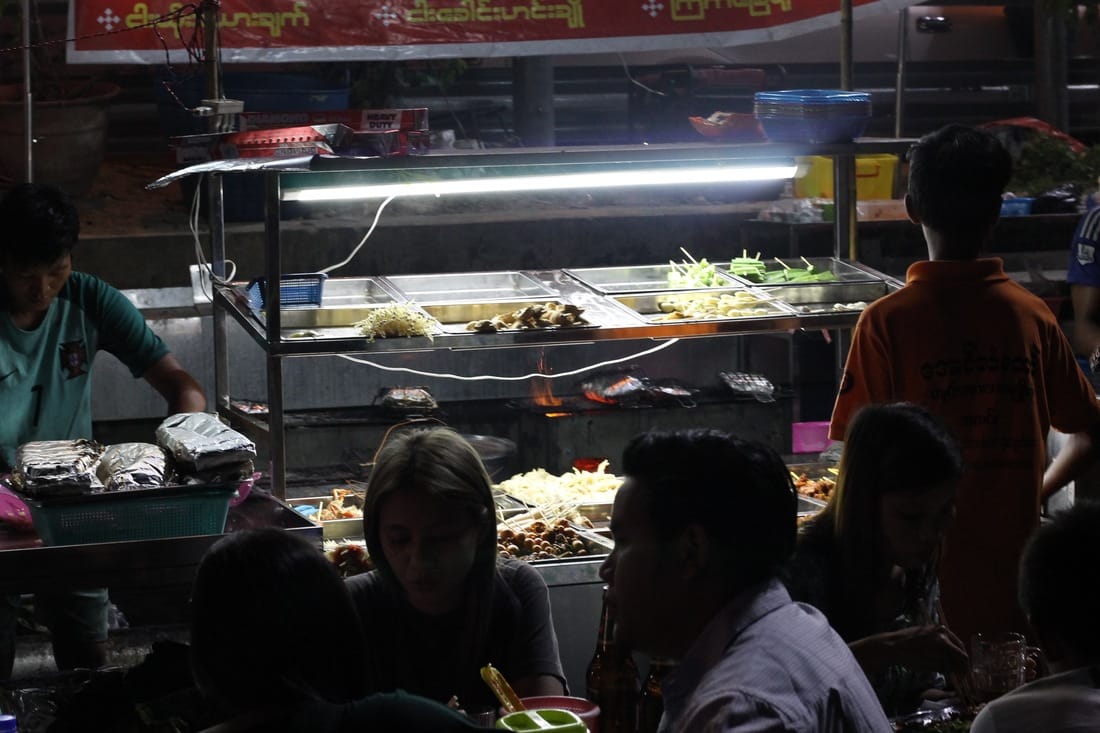
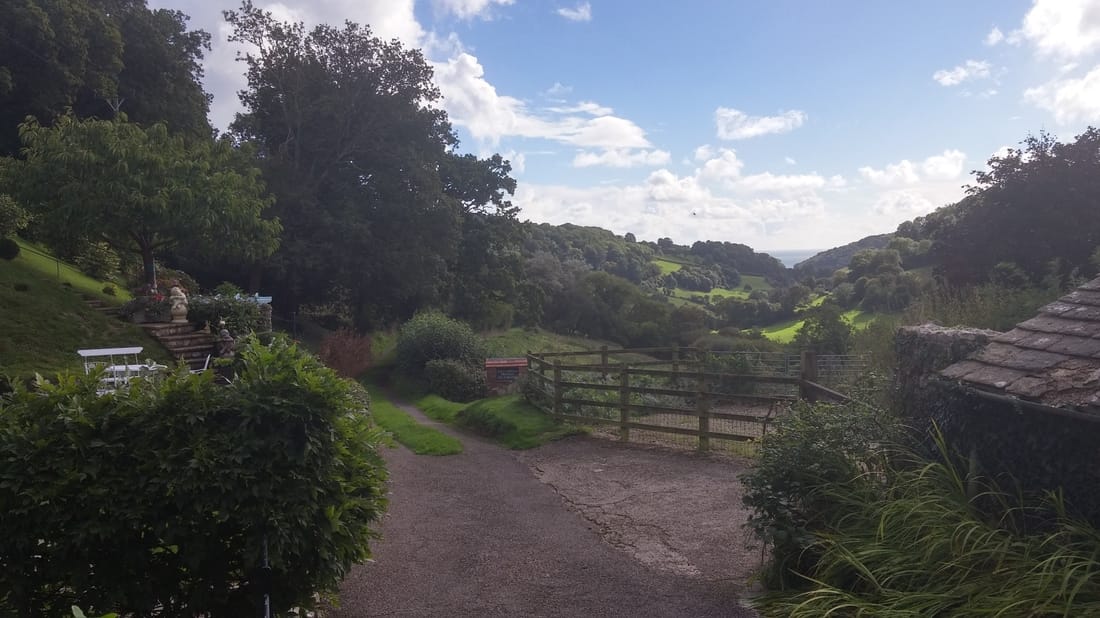
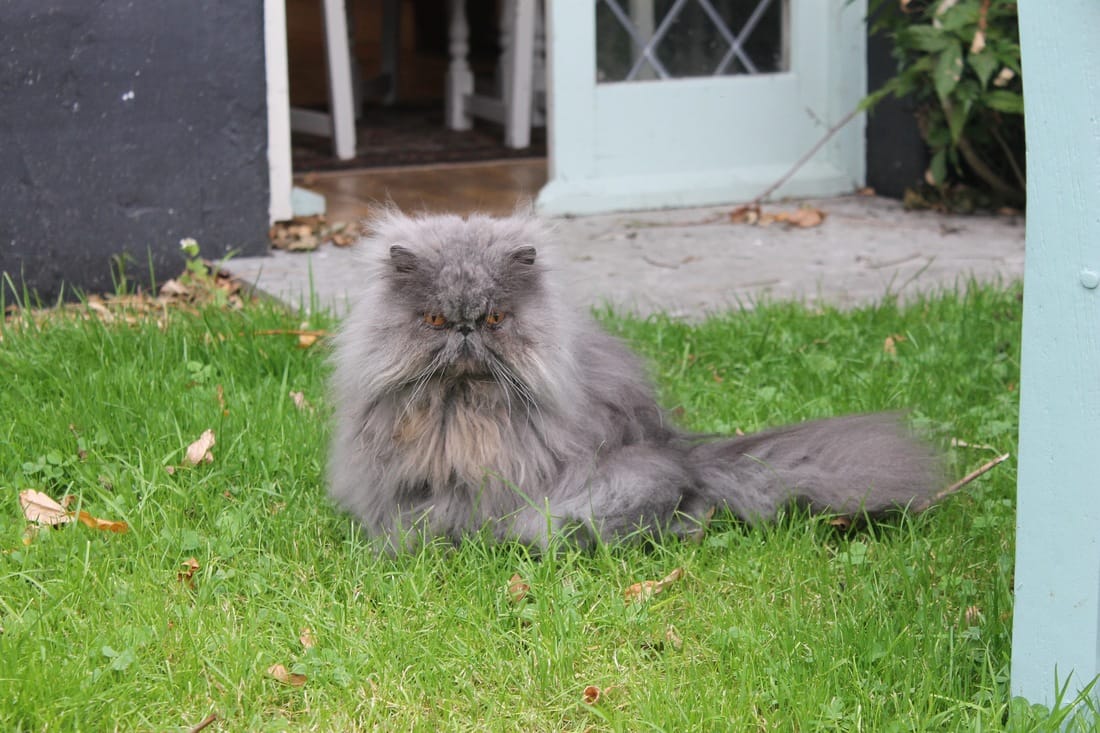










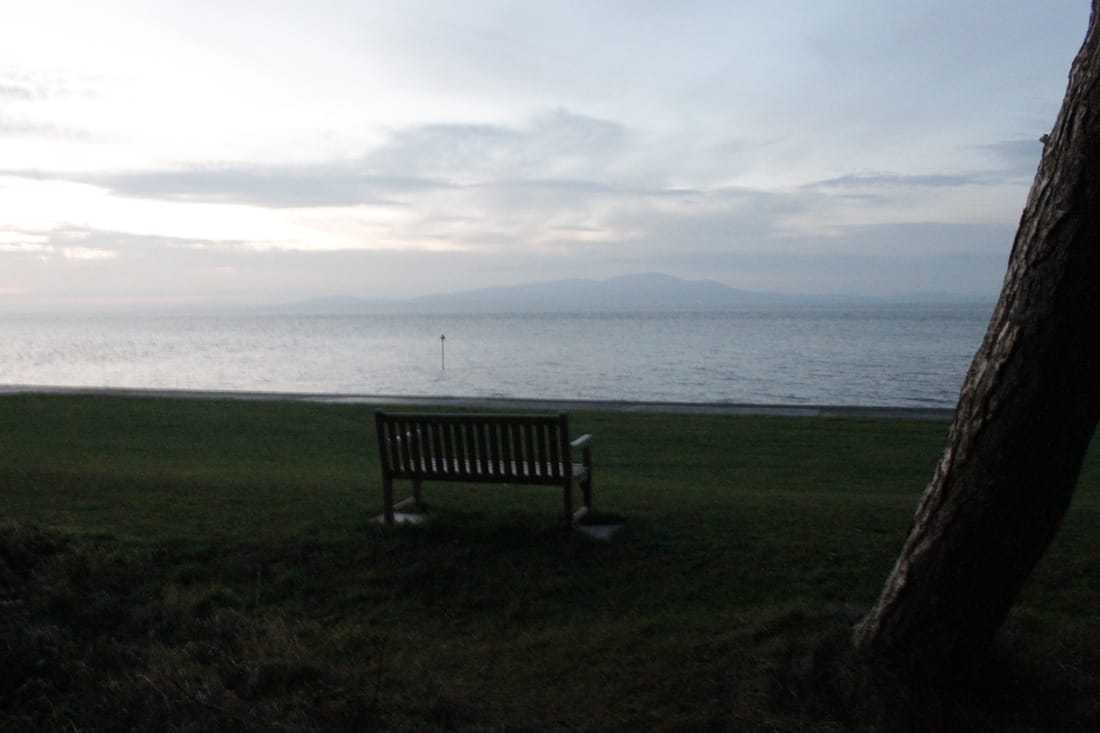




 RSS Feed
RSS Feed
